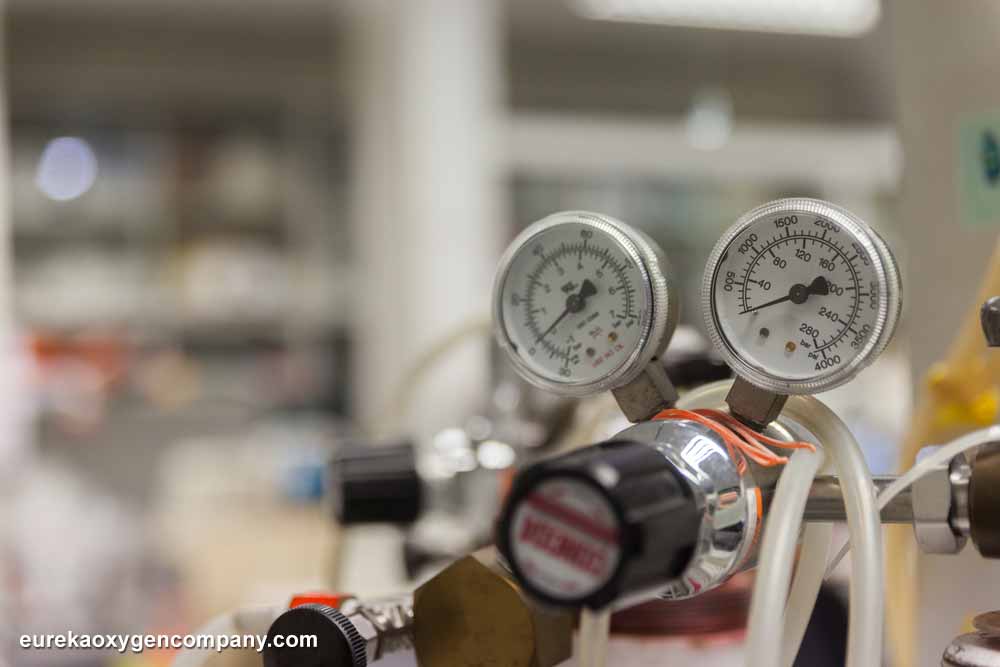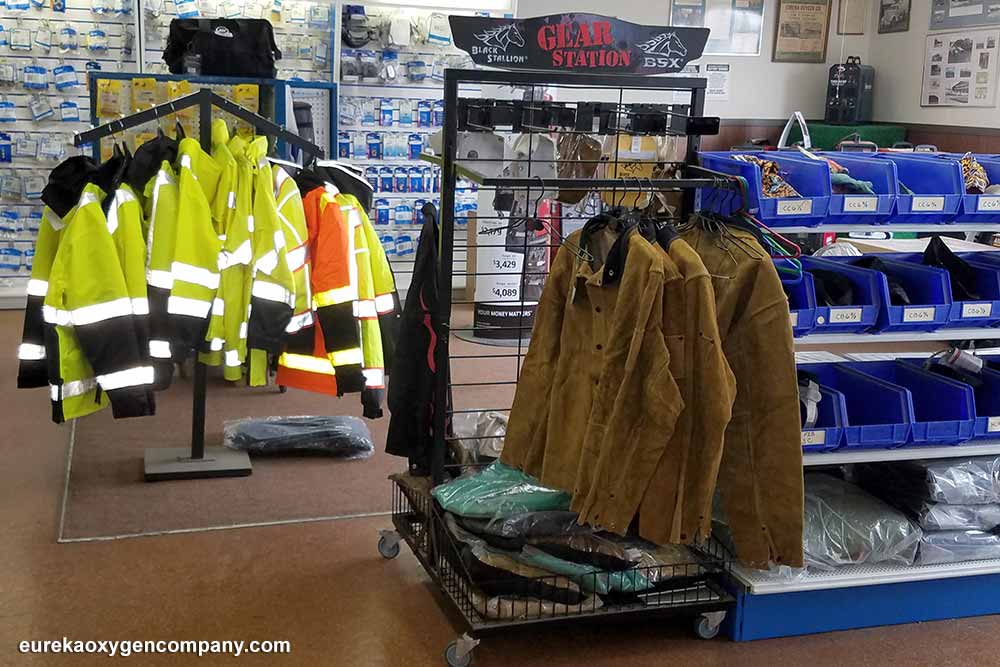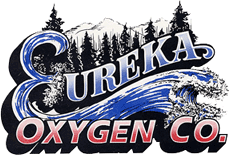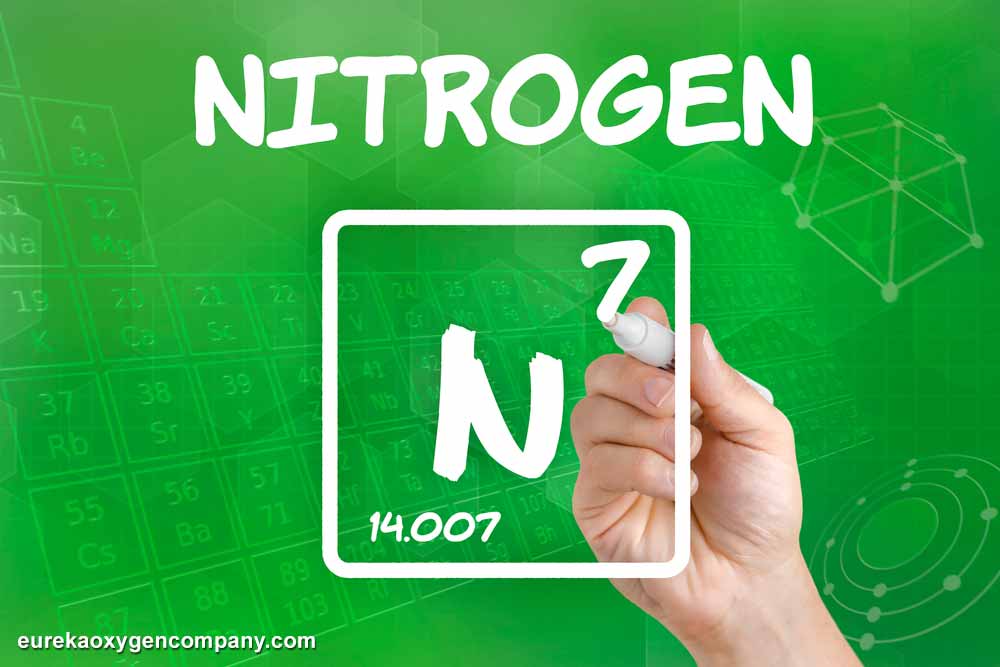What is Nitrogen & What is It Used for?
Nitrogen is an inert, odorless, and colorless gas that is in widespread utilization in a wide variety of both commercial and industrial applications. It is usually made available in the market in either liquid or gaseous form, though it is possible for it to solidify. Liquid nitrogen is often made use of as a refrigerant in both the food processing and medical fields. Liquid nitrogen is also used in the manufacturing and building industries in a process known as “shrink-fitting.” In this particular application, it is utilized to cool the inner parts of metals to make them shrink. Nitrogen gas is also in widespread usage in the welding sector and it is commonly used by itself or even in a blend of other gases in a number of welding processes. Let us now take a closer look at some of the most notable usage of nitrogen gas in the welding industry.
What are the most common applications of nitrogen in welding?
Thanks to its unique chemical composition, the atoms of nitrogen gas cannot be broken down or even react with other elements unless they are subjected to great energy. This means that nitrogen can fashion a non-reactive environment, which is extremely useful in many welding processes. Indeed, the greatest property that makes this gas to be suitable for welding purposes is its lack of reactivity.

So it may be used effectively to prevent both slow and fast oxidation. In this given application, nitrogen can serve as a very efficient shielding gas. For those who might perhaps be in the dark, shielding gasses are utilized to protect the weld pool against external atmospheric reactions and contamination.
Nitrogen can deliver other useful benefits to the welding process. First of all, it is known to substantially improve arc stability, which results in spatter-free welds that create much fewer messes. This greatly minimizes the usual necessity for intensive cleanup processes. Also, making use of nitrogen in many welding applications guarantees excellent penetration. When it is blended with other inert gases such as argon and helium, this gas can assist in transferring sufficient heat to the metals being welded to facilitate much easier penetration. Since it is non-reactive, nitrogen can prevent oxidation that normally occurs when metals are melted under great heat. This inert gas delivers impeccable corrosion resistance, which ensures that the eventual welds are robust and durable.
Nitrogen has been proven to significantly boost the mechanical attributes of certain metals including improving the tensile strength of stainless steel. This gas may be used as a purging gas in specific welding processes like MIG welding. It is also widely utilized as a preheating gas when it comes to properly preparing metals before they may be welded. This process is widely acclaimed for going a long way in improving weldability. On the flip side, nitrogen can be utilized in TIG welding duplex stainless steel. Duplex stainless steel is a superior kind of metal that is mostly used in extremely corrosive environments such as offshore rigs and petrochemical processing facilities where weld integrity is paramount.

How to handle nitrogen safely
Like it was earlier noted, nitrogen gas is not toxic in nature to human beings. However, inhaling pure nitrogen for protracted periods of time is almost always deadly. This is simply because it sets to work by displacing oxygen the moment it is able to penetrate the lungs and will trigger unconsciousness and asphyxiation in just one or two breaths. The greatest danger that arises from ingesting nitrogen is it is odorless and cannot be easily detected in ordinary circumstances.

This makes the risk of inhaling high concentrations much greater. Therefore, only make use of nitrogen while you are welding in well-ventilated areas. It is highly recommended to wear personal protective equipment such as a full face shield and respirators when you handle nitrogen. Make sure that you wear thick leather gloves when you handle liquid nitrogen and also fire-retardant clothing and protective footwear to prevent spilling accidents.
Eureka Oxygen is a foremost provider of diverse industrial gases that are used in welding including nitrogen and more. We also offer a variety of welding equipment, welding supplies, and industrial equipment at all of our locations.

